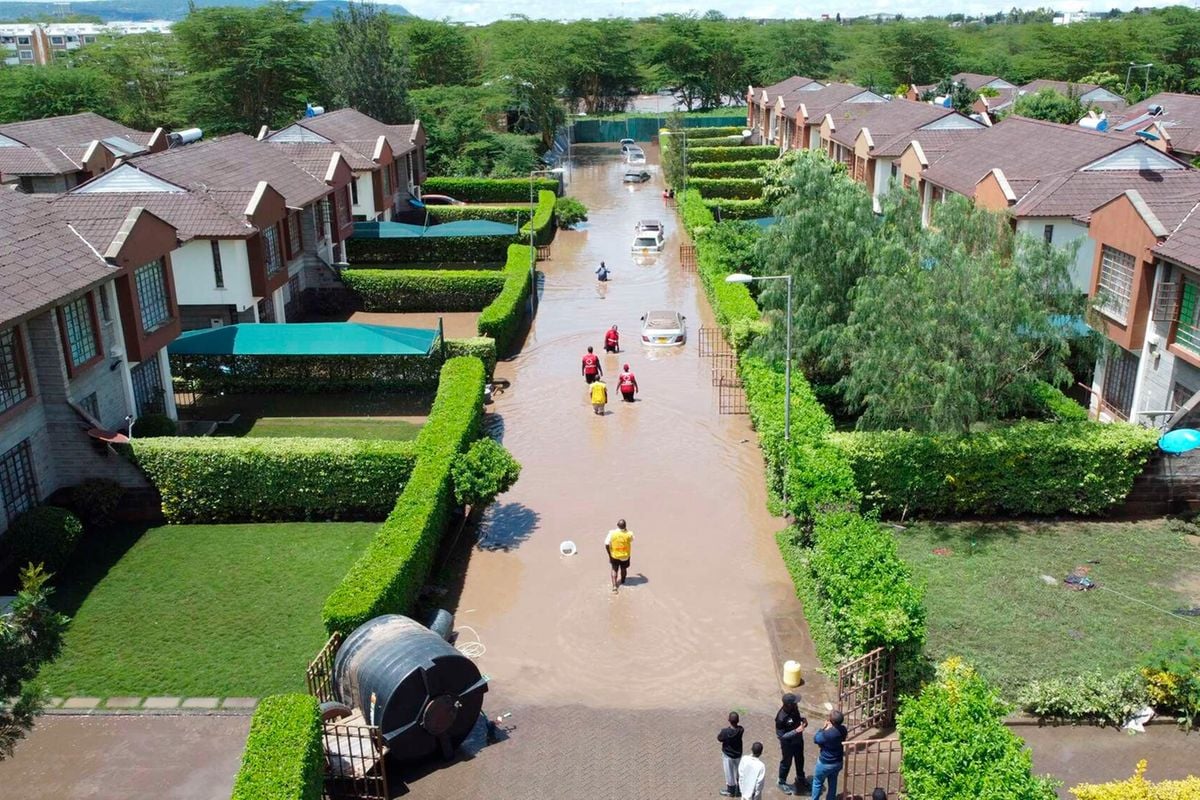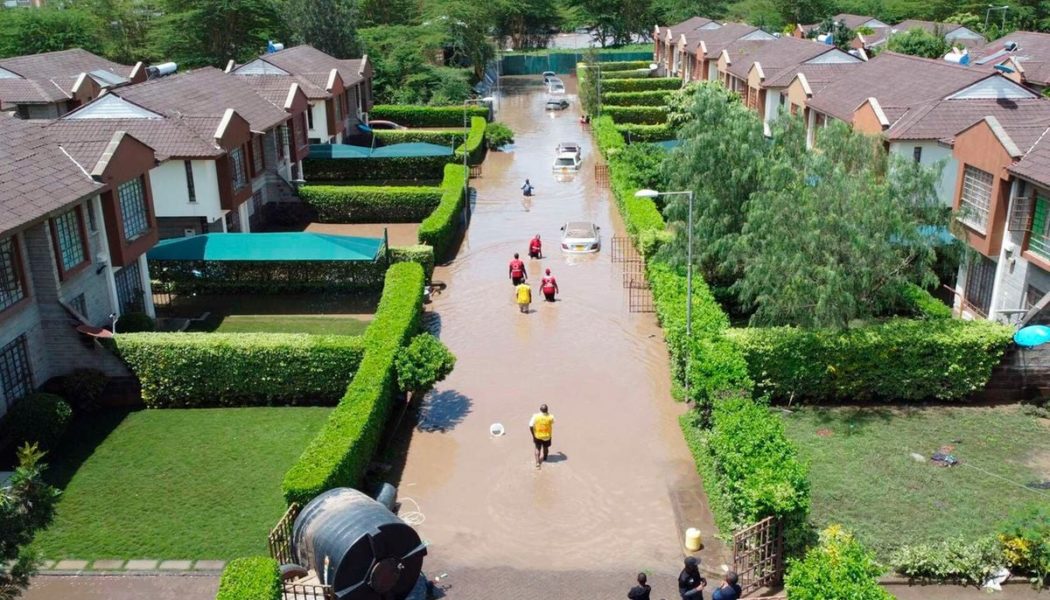
Insurance claims from floods that hit Kenya between March and June have risen by 62 percent to at least Sh5 billion, pointing to the impact of increased severity and frequency of climate-change related risks on underwriters.
IRA chief executive Godfrey Kiptum said that elevated claims from floods means insurers will have to pay more attention to the expanding scope of risks that is putting to test the traditional models for underwriting.
“One of the most pressing challenges is climate change. Extreme weather events are increasing in frequency and severity, directly impacting the insurance sector’s ability to assess and underwrite risks. For us in Kenya, we recently had floods and those floods cost the industry more than Sh5 billion in claims,” said Mr Kiptum in a conference address delivered on his behalf by Kalai Musee, the director of supervision at IRA.
Kenyan insurers’ experience mirrors the global trend where frequent and intense weather events like floods, drought and fires have led to higher claims, presenting one of their top concerns.
The rise in the claims corroborates the July assertion by the Association of Kenya Insurers’ CEO, Tom Gichuhi, that many insurers were still processing claims related to the floods.
The Sh5 billion bill has put a strain on insurers.
They had by the end of April only paid Sh147.3 million or less than five percent of the Sh3.14 billion claims they had received at that time for the damaged farms, houses, industries and office blocks.
Mr Gichuhi said, the interplay between drought and floods means “we have no idea what climate change will serve next”, suggesting to insurers to rethink their pricing models.
“Underwriters may have to regroup and ask themselves how they are going to respond going forward. Do they want to hang in there and provide cover as though nothing new has happened or is it time to relook into the pricing model and pick prices that reflect the frequency and magnitude of the losses?” posed Mr Gichuhi.
The widespread floods left a trail of deaths, injuries and destruction in Kenya and neighbouring countries such as Tanzania, Uganda and Burundi.
In Kenya, more than 300 people died while over 400,000 were displaced by mid-June, according to the Ministry of Interior and National Administration’s National Disaster Operations Centre. Thousands of homes were destroyed, major infrastructure including roads and bridges damaged and crops and livestock swept away.
Mr Kiptum said the evolving risks such as natural disasters, cyber threats and pandemics are a reminder to insurers to come up with new models for risk assessment as regulators adopt adaptive and proactive supervision.
Insurers expect a fresh surge in claims from vandalism and looting that accompanied the street protests that hit Kenya between June and July over taxes that had been proposed in the Finance Bill, 2024.
The deaths, injuries and looting and destruction of properties during the anti-government protests set up underwriters for increased claims in life, medical and property insurance.
Kenya’s underwriters said in July that political and climate change-related risks, which traditionally had relatively small impact on the industry, look set to disproportionately drive up claims this year.
A majority of Kenyan insurers had for the longest time only watched at a distance as political risks in places such as West Africa unfolded and climate-related risks like forest fires and floods hit the US and many European nations.
However, there have been warning signs all over. The rising water levels in Kenyan lakes and occurrences like cyclone Hidaya that hit East Africa in May and civil unrest in several neighbouring countries have offered local insurers something new to think of.
Mr Gichuhi told this publication in June, climate change risks are going to be a long-term play for insurers and it will require concerted efforts to handle occurrences like floods and droughts.
The floods in Kenya, for instance, followed the worst drought on record in over 40 years in many parts of the Horn of Africa – from late 2020 to early 2023.
The Kenyan economy is highly exposed to climate-related hazards and the implications of climate change, according to the International Monetary Fund (IMF). This is largely due to the climate-sensitive nature of its economy, with agriculture, water, energy, tourism and wildlife sectors playing an important role in it.
Agriculture and tourism—the two key climate-sensitive sectors— comprise over 50 percent of Kenya’s GDP. The agriculture sector provides employment to about 80 percent of the rural workforce.
Kenya faces a very high risk of humanitarian crisis, ranking 17th out of 191 countries in the 2023 Inform Risk Index— a European Union-backed global, open-source risk assessment for humanitarian crises and disasters.









